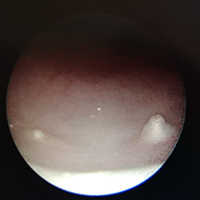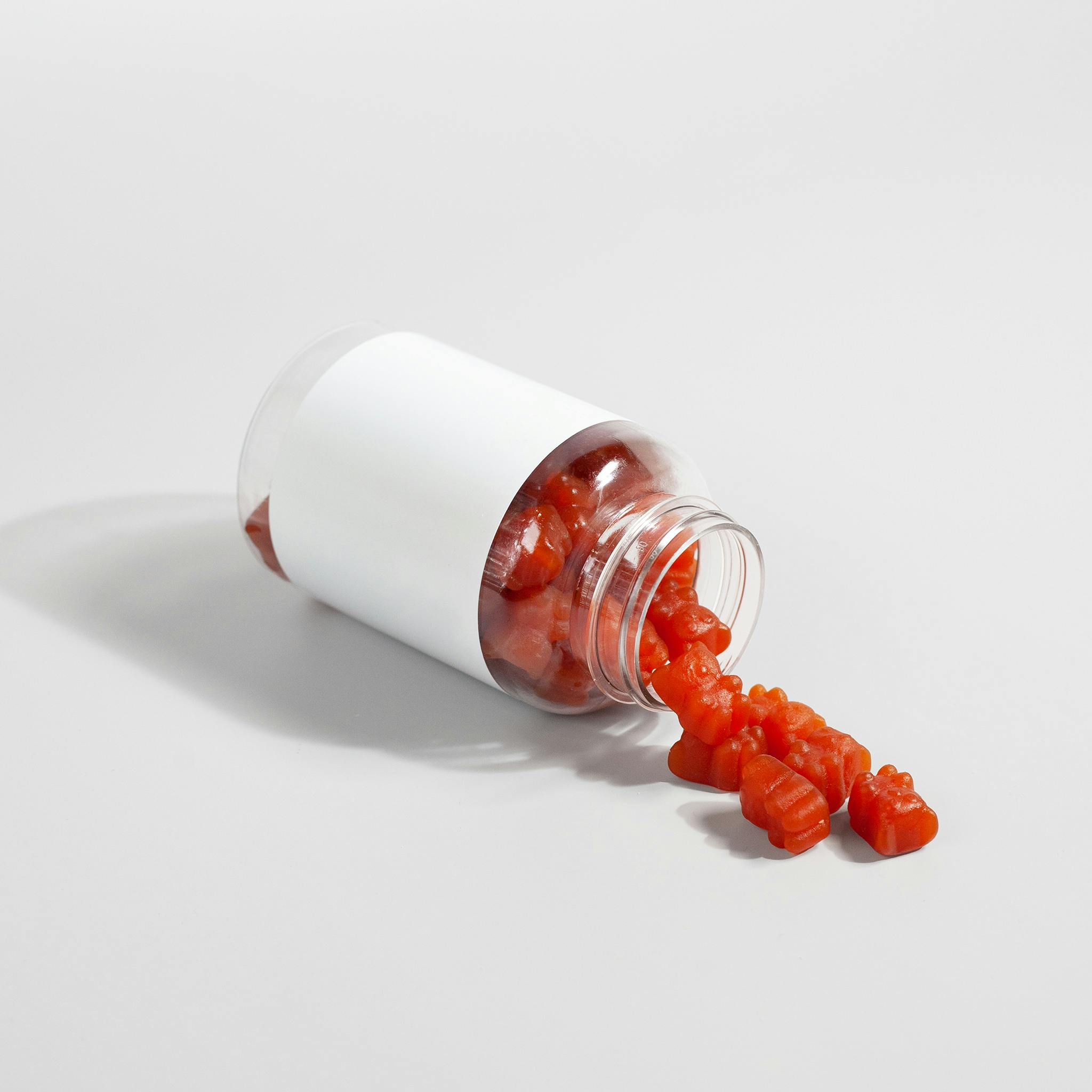High-pressure balloon dilatation in children: our results in 30 patients with POM and the implications of the cystoscopic evaluation

Published: October 8 2020
Abstract Views: 1101
PDF: 643
HTML: 32
HTML: 32
Publisher's note
All claims expressed in this article are solely those of the authors and do not necessarily represent those of their affiliated organizations, or those of the publisher, the editors and the reviewers. Any product that may be evaluated in this article or claim that may be made by its manufacturer is not guaranteed or endorsed by the publisher.
All claims expressed in this article are solely those of the authors and do not necessarily represent those of their affiliated organizations, or those of the publisher, the editors and the reviewers. Any product that may be evaluated in this article or claim that may be made by its manufacturer is not guaranteed or endorsed by the publisher.
Similar Articles
- George Vlad Isac, Gabriela Mariana Danila, Sebastian Nicolae Ionescu, Spontaneous resolution and the role of endoscopic surgery in the treatment of primary obstructive megaureter: a review of the literature , La Pediatria Medica e Chirurgica: Vol. 45 No. 2 (2023)
- Salvatore Fabio Chiarenza, Cosimo Bleve, Elisa Zolpi, Francesco Battaglino, Lorella Fasoli, Valeria Bucci, Endoscopic balloon dilatation of primary obstructive megaureter: method standardization and predictive prognostic factors , La Pediatria Medica e Chirurgica: Vol. 41 No. 2 (2019)
- Antonio Marte, Staghorn stone in megapolycalicosis in a child: Still the case for open surgery? Case report , La Pediatria Medica e Chirurgica: Vol. 44 No. 1 (2022)
- Chiara Costantini, Federica Fati, Elisa Pani, Fabio Beretta, Silvia Bisoffi, Giosuè Mazzero, Elisa Negri, Clara Revetria, Hamid R. Sadri, Enrico Ciardini, Two-balloon epistaxis catheter to ensure vaginal patency in a complex case of vaginoplasty for vaginal agenesis: a case report , La Pediatria Medica e Chirurgica: Vol. 45 No. 2 (2023)
- Alessandro Calisti, Kibreab Belay, Andrea Mombo, Faisal Abdelgalil Nugud, Diaaeldinn Yaseen Salman, Pierluigi Lelli Chiesa, Presentations of bladder exstrophy in a resource-limited setting and the role of Mainz II continent diversion for late referrals or failed primary closures: a multicentric report , La Pediatria Medica e Chirurgica: Vol. 45 No. 2 (2023)
- Salvatore Fabio Chiarenza, Elena Carretto, Valeria Bucci, Samuele Ave, Giuseppe Pulin, Cosimo Bleve, Uretero-pelvic junction obstruction in children: Is vascular hitch an effective and safe solutions in very long term outcome? Report of 25 years follow-up , La Pediatria Medica e Chirurgica: Vol. 45 No. 1 (2023)
- Salvatore Arena, Tiziana Russo, Patrizia Perrone, Carmelo Romeo, Operative cystoscopy in the neonatal period , La Pediatria Medica e Chirurgica: Vol. 38 No. 3 (2016)
- Alessandro Calisti, Diaaeldinn Yaseen Salman, Kibreab Belay, Andrea Mombo, Boniphace Tresphory, Giovanni Giuliani, Martina Sertori, Gian Battista Parigi, The hidden burden of Pediatric urology in Sub-Saharan Africa: an analysis of hospital admission data from three East African Health Centres , La Pediatria Medica e Chirurgica: Vol. 46 No. 1 (2024)
- Carmine Noviello, Mercedes Romano, Letizia Trotta, Giuseppina Rosaria Umano, Alfonso Papparella, Are the complications after laparo-assisted endo-rectal pull-through for Hirschsprung disease related to the change of the anal tone? , La Pediatria Medica e Chirurgica: Vol. 46 No. 1 (2024)
- Leone Giordano, Salvatore Toma, Francesca Palonta, Roberto Teggi, Marco Zucconi, Stefania Di Candia, Mario Bussi, Obstructive sleep apnea in Prader-Willi syndrome: risks and advantages of adenotonsillectomy , La Pediatria Medica e Chirurgica: Vol. 37 No. 2 (2015)
1-10 of 99
Next
You may also start an advanced similarity search for this article.








